Curated by Oona Doyle
Re-enchantment brings together ten artists whose works explore ways of re-enchanting the world.
The term re-enchantment, which is increasingly present in the…
 Manuel Mathieu Les désenchantés, 2024 Acrylic, ink, dust, charcoal, chalk, tape, oil sticks, paper and cloth 228,6 x 279,4 cm (90 x 110 in) (MAN 1002) (c) Manuel - Mit freundlicher Genehmigung von: ropac
Manuel Mathieu Les désenchantés, 2024 Acrylic, ink, dust, charcoal, chalk, tape, oil sticks, paper and cloth 228,6 x 279,4 cm (90 x 110 in) (MAN 1002) (c) Manuel - Mit freundlicher Genehmigung von: ropacCurated by Oona Doyle
Re-enchantment brings together ten artists whose works explore ways of re-enchanting the world.
The term re-enchantment, which is increasingly present in the…
Curated by Oona Doyle
Re-enchantment brings together ten artists whose works explore ways of re-enchanting the world.
The term re-enchantment, which is increasingly present in the cultural landscape, is opposed to the idea of disenchantment. In the aftermath of the First World War, the sociologist Max Weber described this phenomenon as the result of a process of ‘rationalisation’ inherent to modernity, by which reality becomes objectifiable. While enchantment means falling under the spell of magical influences, re-enchantment involves an act of repairing the world through wonder, and suggests a new ethic that reconnects with a sense of mystery. The exhibition responds to a reality that is often felt as demystified and damaged by the ecological crisis and by hyper-rationalisation.
In the context of this exhibition, re-enchantment is to be understood in the magical sense, but also in a political and ecological sense. For philosopher Silvia Federici, re-enchanting the world implies ‘reconstructing our lives around and with others including animals, waters, plants’.
The artists on view tend towards re-enchanting the world by imbuing reality with imagination and by collaborating with living matter rather than instrumentalising it. Magic is a tool that defamiliarises the everyday. By moving away from a linear perspective and favouring multidimensional viewpoints, the artists strive to reinvent our relationship with the reality that surrounds us. Some artists invert the hierarchy between landscape and figure, others merge human figures with the animal, mineral and plant realms. Other artists give free rein to the transformative power of materials, which evolve over the course of the exhibition. Through these images and processes, they counter an anthropocentric view and blur the boundaries between human and non-human. The distinction between dreams and reality is also softened by works that juxtapose both a realistic and a dreamlike dimension.
In some works, dream space is superimposed onto reality. Teresa Pągowska (1926–2007, Warsaw, Poland) draws on women’s embodied experience of their surroundings, as well as her own dreams which she materialises onto the canvas. Oona Doyle, the curator of the exhibition sets forth: ‘In a society that prioritises men’s point of view, women’s experience is often relegated to the background. In the face of this patriarchal reality, imagination offers the possibility of liberating oneself from an imposed logic.’ This dreamlike, sensory pictorial experience is echoed in the phantasmagorical paintings of Ariana Papademetropoulos (b. 1990, Los Angeles, USA – lives in LA), for whom ‘painting is a portal to another world’. In their canvases, human figures fuse with the animal and plant realms, expressing a strong desire to connect with nature.
The softening of boundaries between the human and the non-human is expressed not only through representation, but also through the very processes of making. Angelika Loderer (b. 1984, Feldbach, Austria – lives in Vienna), for example, uses aerial mycelium from mushrooms that consume photographic images. The works transform over the course of the exhibition, much like Bianca Bondi’s (b. 1986, Johannesburg, South Africa – lives in Paris) mineral installation, whose elements crystallise gradually. In her sculptures, Shuyi Cao (b. 1990, Guangzhou, China – lives in New York) assembles a myriad of materials, from seashells to bioplastics, glass and fake nails, which metamorphosise into imaginary beings.
In her paintings, Olga Grotova (b. 1986, Chelyabinsk, Russia – lives in London and Paris) incorporates earth and the imprint of plants from the communal gardens of her grandmother and great-grandmother, who were condemned to forced agricultural labour during the Soviet era, alongside millions of other women. By experimenting with materials, and in light of transgenerational research, the artist uncovers the history of these invisibilised women. The surfacing of collective trauma also takes place in the works of Manuel Mathieu (b. 1986, Port-au-Prince, Haiti – lives in Montreal), who textures and dilutes his canvases until an image pierces through. His landscapes reveal tears and wounds that allude to the horrors of the Duvalier dictatorship in Haiti (1957–1986), while also communicating a vitality that pulsates on the surface of the canvas, suggesting the possibility of renewal. In their works, several time-spaces coexist on the same canvas, revealing the extent to which history is lodged in matter. As Shuyi Cao writes: ‘re-enchantment is the channelling of memories stored in mud, sand, cosmic dust, bones and shells, as well as in my skin and molecules’.
Wanda Mihuleac (b. 1946, Bucharest, Romania – lives in Paris) reminds us that ‘in the word re-enchantment we hear CHANT, to sing’. In her tautological poems, the artist writes words with the substance they are made of, disrupting the distinction between language and materiality. Poetry, but also storytelling and mythology, offer a different way of relating to the world and to access knowledge, through metaphor and symbol. Drawing inspiration from Slavic folklore, the artist duo Dorota Gawęda (b. 1986, Lublin, Poland – lives in Basel) & Eglė Kulbokaitė (b. 1987, Kaunas, Lithuania – lives in Basel) propel Południca, a mythological figure that haunts field workers, into the age of artificial intelligence. The resulting mirage-installation, which features chimerical flowers, blurs the distinction between nature, the human, and technology. Suspended from the ceiling, Bianca Bondi’s mobile sculptures catch the light which dances across the room, casting spells in the exhibition space. In the artist’s own words: ‘There is no desert wind blowing in the gallery, no plants actually growing, but we can imagine the scene and find ourselves confronted with fiction. And this scene will transport us to a fictional realm that gives us the tools to better cope with the reality in which we live.’
A common thread weaves through the different artistic approaches. The artists bring the quality of transparency into the exhibition space: through wind suggested by Bianca Bondi, glass with which Bianca Bondi and Shuyi Cao create or the perfume diffused by Dorota Gawęda & Eglė Kulbokaitė’s olfactory artwork. It is also pictured by water flowing through Ariana Papademetropoulos’s interiors and Manuel Mathieu’s aqueous, diluted textures. Transparency is also suggested by the shadows in Wanda Mihuleac’s poems and in Teresa Pągowska’s paintings, as well as the negative space treated by Teresa Pągowska through her use of bare canvas, while also being a major compositional tool for Olga Grotova who experiments with photographic processes.
Transparency also emerges at a conceptual level as a referent for invisibility. Angelika Loderer explores the imperceptible networks of mycelium, the ‘internet of forests’ that allows different species to communicate with each other, while Eglė Kulbokaitė & Dorota Gawęda’s translucent screens remind us of the omnipresence of the virtual realm. Through processes of layering and revelation, Olga Grotova makes visible the lost histories of communities and families in the former Soviet states, rather than established narratives dominated by the ‘history of great men’. Angelika Loderer’s works include both images from the everyday and of endangered species. The artist shares: ‘By exposing yourself you get vulnerable but I think this is perhaps what re-enchantment is, we need vulnerability. We all put everything in concrete, toughen up but it makes us the opposite of vulnerable. It makes us anxious.’
The curatorial format allows a sensory journey through Wanda Mihuleac’s poems. In the first room, she sculpts shadows, slit, water, earth, fire and reflection – words that resonate with the other works on view, linking the artists together. In the last room, works by Dorota Gawęda & Eglė Kulbokaitė, Olga Grotova and Bianca Bondi interact with the natural light, attempting to capture a process of enchantment.
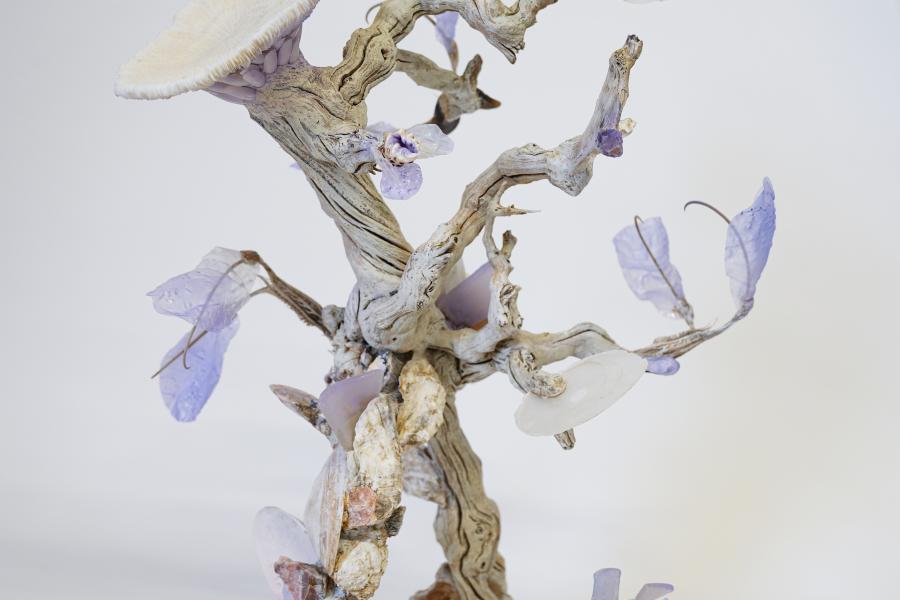 Shuyi Cao Every name carries a deity (moon catcher), 2023 rocks, minerals, driftwood, oyster and clam shells, seashell fragments, fish scale, fishbone, synthetic nails, glass, barnacles, recycled plasetic, resin, metal, acrylic paint 51 x 51 x 72 cm (20,08 x 20,08 x 28,35 in) (SHC 1003) (c) Shuyi Cao - Mit freundlicher Genehmigung von: ropac / Galerie Thaddaeus Ropac Marais
Shuyi Cao Every name carries a deity (moon catcher), 2023 rocks, minerals, driftwood, oyster and clam shells, seashell fragments, fish scale, fishbone, synthetic nails, glass, barnacles, recycled plasetic, resin, metal, acrylic paint 51 x 51 x 72 cm (20,08 x 20,08 x 28,35 in) (SHC 1003) (c) Shuyi Cao - Mit freundlicher Genehmigung von: ropac / Galerie Thaddaeus Ropac Marais 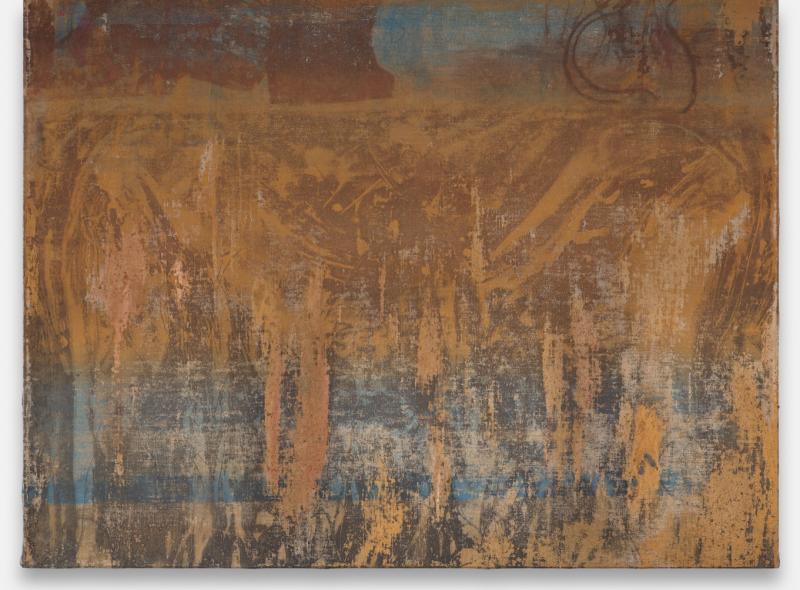 Olga Grotova Yavlenie (Appearing), 2023 Urals soil, Baikal lake lazurite, photograms and pigments, on linen 150 x 110 cm (59,06 x 39,37 in) (OG 1000) (c) Olga Grotowa Photo: Eva Herzog - Mit freundlicher Genehmigung von: ropac / Galerie Thaddaeus Ropac Marais
Olga Grotova Yavlenie (Appearing), 2023 Urals soil, Baikal lake lazurite, photograms and pigments, on linen 150 x 110 cm (59,06 x 39,37 in) (OG 1000) (c) Olga Grotowa Photo: Eva Herzog - Mit freundlicher Genehmigung von: ropac / Galerie Thaddaeus Ropac Marais 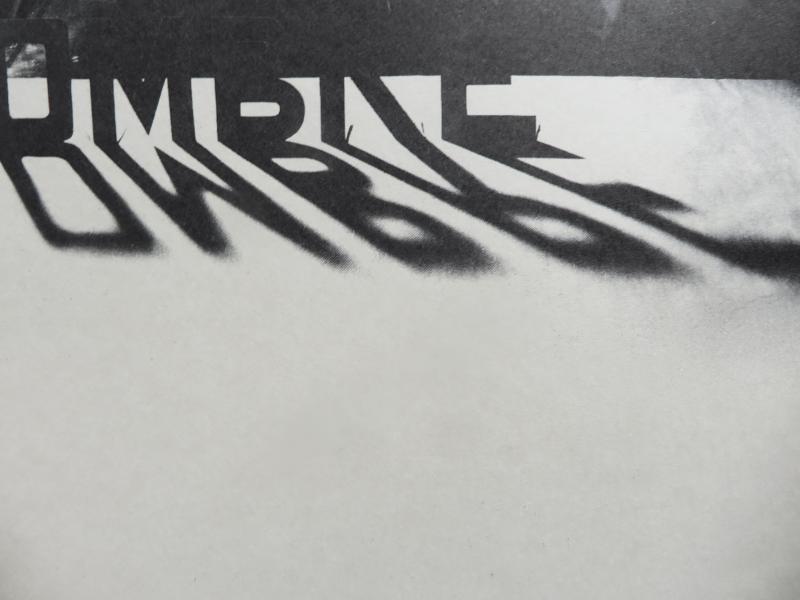 Wanda Mihuleac Ombre, 1976-78 29,3 x 39,2 cm (11,54 x 15,43 in) (WAM 1000.1) (c) Wanda Mihuleac - Mit freundlicher Genehmigung von: ropac / Galerie Thaddaeus Ropac Marais
Wanda Mihuleac Ombre, 1976-78 29,3 x 39,2 cm (11,54 x 15,43 in) (WAM 1000.1) (c) Wanda Mihuleac - Mit freundlicher Genehmigung von: ropac / Galerie Thaddaeus Ropac MaraisTuesday—Saturday, 10am—7pmClosed from 24 December 2023—1 January 2024
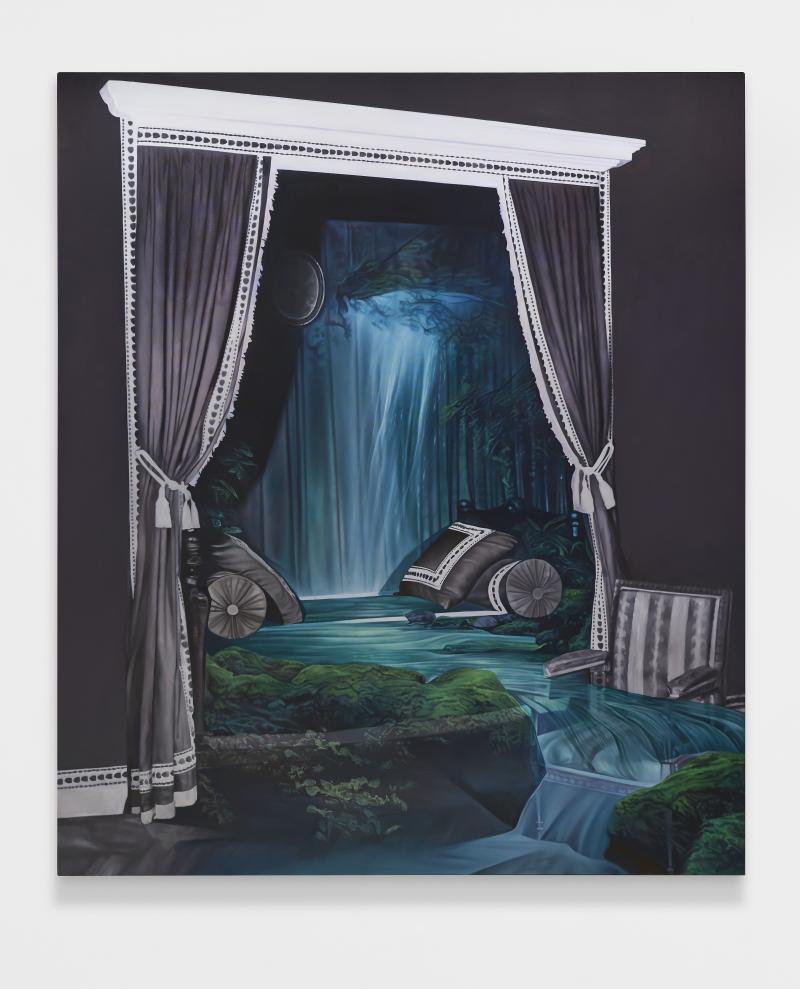 Ariana Papademetropoulos Invitation, 2024 Oil on canvas 213 x 180 cm (83,86 x 70,87 in) Correction 233,7 x 200,7 cm (92 x 79 in) (ARP 1000) (c) Ariana Papademetropoulos Photo: Lee Thompson (Flying Studio) - Mit freundlicher Genehmigung von: ropac / Galerie Thaddaeus Ropac Marais
Ariana Papademetropoulos Invitation, 2024 Oil on canvas 213 x 180 cm (83,86 x 70,87 in) Correction 233,7 x 200,7 cm (92 x 79 in) (ARP 1000) (c) Ariana Papademetropoulos Photo: Lee Thompson (Flying Studio) - Mit freundlicher Genehmigung von: ropac / Galerie Thaddaeus Ropac Marais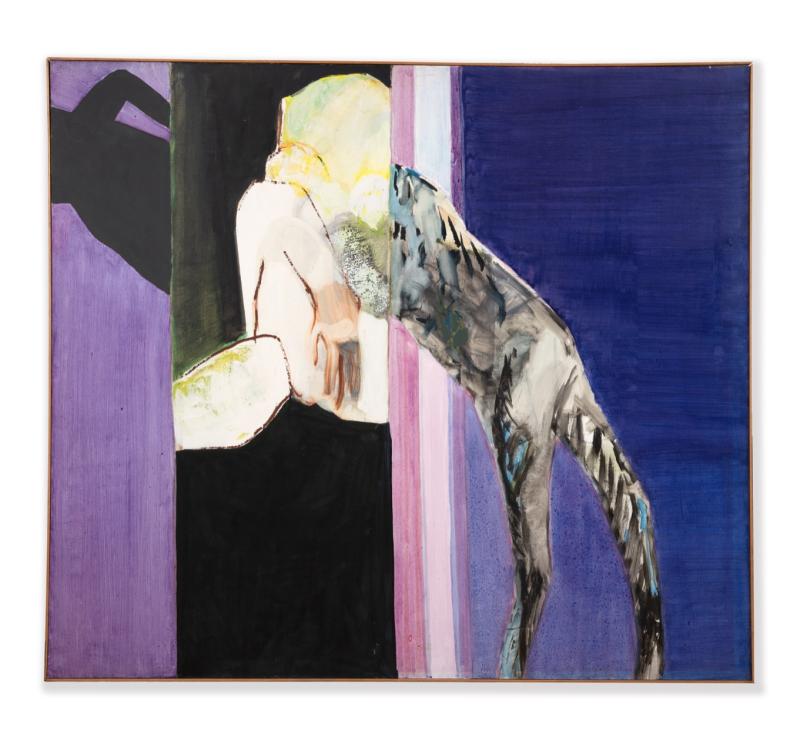 Teresa Pągowska Bies II, 1970 acrylic, tempera on canvas Image 130 x 150 cm (51,18 x 59,06 in) (TP 1008) (c) Teresa Pągowska Estate - Mit freundlicher Genehmigung von: ropac / Galerie Thaddaeus Ropac Marais
Teresa Pągowska Bies II, 1970 acrylic, tempera on canvas Image 130 x 150 cm (51,18 x 59,06 in) (TP 1008) (c) Teresa Pągowska Estate - Mit freundlicher Genehmigung von: ropac / Galerie Thaddaeus Ropac Marais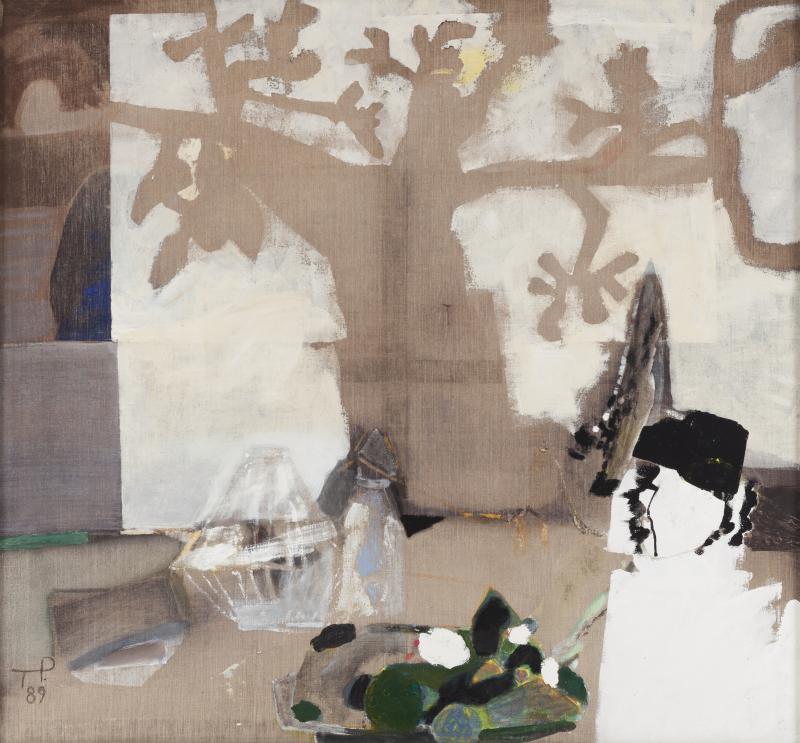 Teresa Pągowska Drzewo, 1989 Oil on canvas Image 130 x 140 cm (51,18 x 55,12 in) (TP 1000) (c) Teresa Pągowska Estate - Mit freundlicher Genehmigung von: ropac / Galerie Thaddaeus Ropac Marais
Teresa Pągowska Drzewo, 1989 Oil on canvas Image 130 x 140 cm (51,18 x 55,12 in) (TP 1000) (c) Teresa Pągowska Estate - Mit freundlicher Genehmigung von: ropac / Galerie Thaddaeus Ropac MaraisCopyright © 2024 findART.cc - All rights reserved
